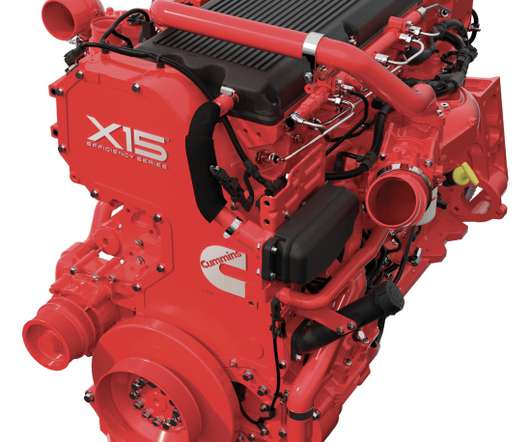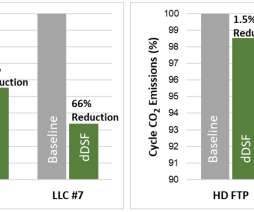IAV develops new close-coupled diesel exhaust gas aftertreatment system for improved emissions reduction
Green Car Congress
MAY 8, 2017
IAV has developed a particularly closed-coupled diesel exhaust gas aftertreatment (EAT) system. A key contribution to this performance must come from the exhaust gas aftertreatment system—across the entire speed and load range. This way, exhaust gas flows through DOC and SCRF before it enters the turbine. Click to enlarge.







































Let's personalize your content